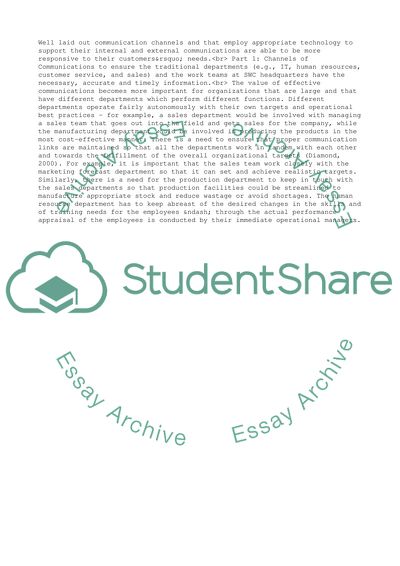Cite this document
(Inter-Departmental Communications In Organizations Case Study, n.d.)
Inter-Departmental Communications In Organizations Case Study. Retrieved from https://studentshare.org/management/1730688-organizational-behavior
Inter-Departmental Communications In Organizations Case Study. Retrieved from https://studentshare.org/management/1730688-organizational-behavior
(Inter-Departmental Communications In Organizations Case Study)
Inter-Departmental Communications In Organizations Case Study. https://studentshare.org/management/1730688-organizational-behavior.
Inter-Departmental Communications In Organizations Case Study. https://studentshare.org/management/1730688-organizational-behavior.
“Inter-Departmental Communications In Organizations Case Study”, n.d. https://studentshare.org/management/1730688-organizational-behavior.


